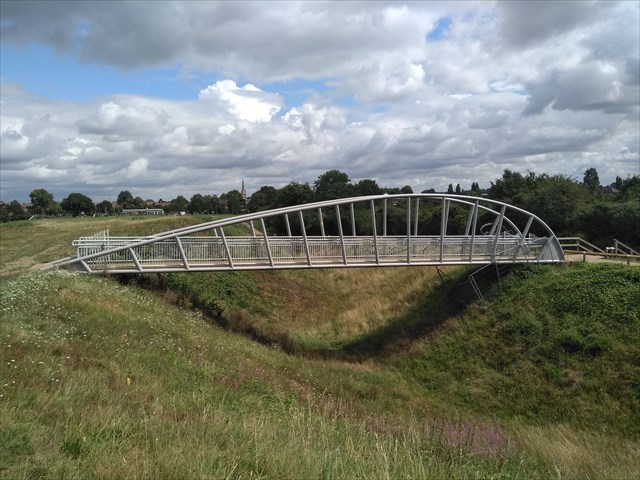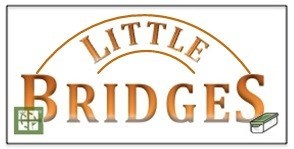
During the Civil War Newark was under siege three times, and part of the defence system for the town was a series of fortifications. One of these fortifications, made of earth, is called the Queen’s Sconce.
The word ‘sconce’ is derived from the Dutch word ‘schans’ meaning fort, the English noun meaning “a small protective fortification or earthwork; a shelter” and the verb meaning “to entrench; to screen”, meanings that collectively describe the function of the King’s and Queen’s Sconce’s. These were earthworks constructed outside the town, serving as a platform for ordinance that could provide covering fire in all directions over the flat meadows and were thus intended to prevent advance of the enemy and protect the town. The location of the Queen’s Sconce on a prominent knoll with commanding views of the crossing point over the River Devon at Markhall bridge and the Fosse Way, suggests that it was primarily designed to cover the southern approach to the town whilst denying control of a tactically important piece of high ground to the attacking Parliamentarians.
The Queen’s Sconce, named in respect of Charles' loyal wife Queen Henrietta who passed through Newark in June 1643, and part of the pair of sconces guarding the town, covered an area a little over 3 acres. It is square with arrow head bastions at each corner, “surrounded by a large ditch up to 30 feet wide and between 12 and 15 feet deep, with a flat bottom and steep sides.’ The whole construction is nearly 300 feet across. The sconce is constructed of local gravel but the steep angle of repose suggests that it was reinforced in some way. The mass of the sconce was designed to absorb the impact of cannon fire and its’ shape deflect cannon balls. It is likely to have had an earthen parapet to protect troops and gun emplacements, and timber storm poles projecting horizontally from the bastions to deter access by foot soldiers. Cannon would have been located in the arrow head bastions to provide flanking lines of fire. A timber drawbridge was the most likely means of access for troops, stores and ammunition. The Sconce was manned in rotation by sections of troops stationed outside the garrison.
---------------------------------------------------------------------
THE CACHE
Look under the siege map on the information board for a date. This is ABCD.
The cache can be found at:
N 53 04. ((B-D)-A) ((B-C)+A) D
W 000 49. ((B-D)-A) (A+B) A

The Little Bridges series was started by Stanthews in 2009 to highlight small footbridges in remote parts of Wiltshire. Since then the series has been expanded by others all over the country and starting to spread fast. There is a stats listing run by Billiethecat, so you can see how many Little Bridges you have found, you can find it here:- https://littlebridgesseries.wordpress.com/ . If you would like to add to the series, please contact Stan on stanthews@aol.com and he will give you a number for your bridge, to qualify, the bridge must be a foot bridge too small for vehicles, please make sure your title exactly matches “Little Bridges # xxxx then the name” including spaces so it will get picked up and added to stats list.